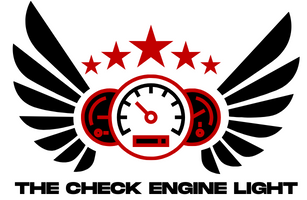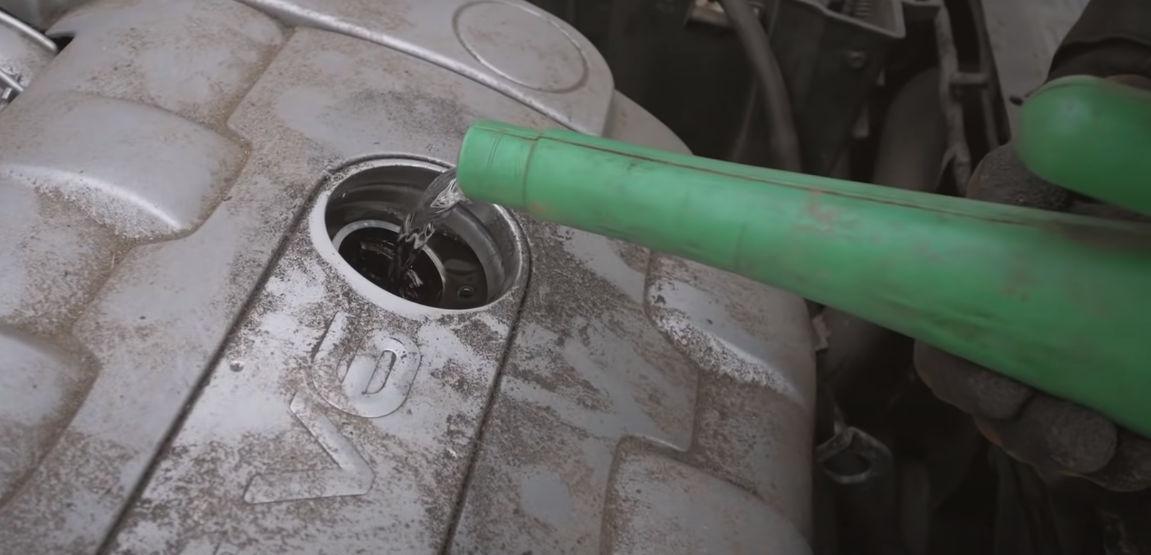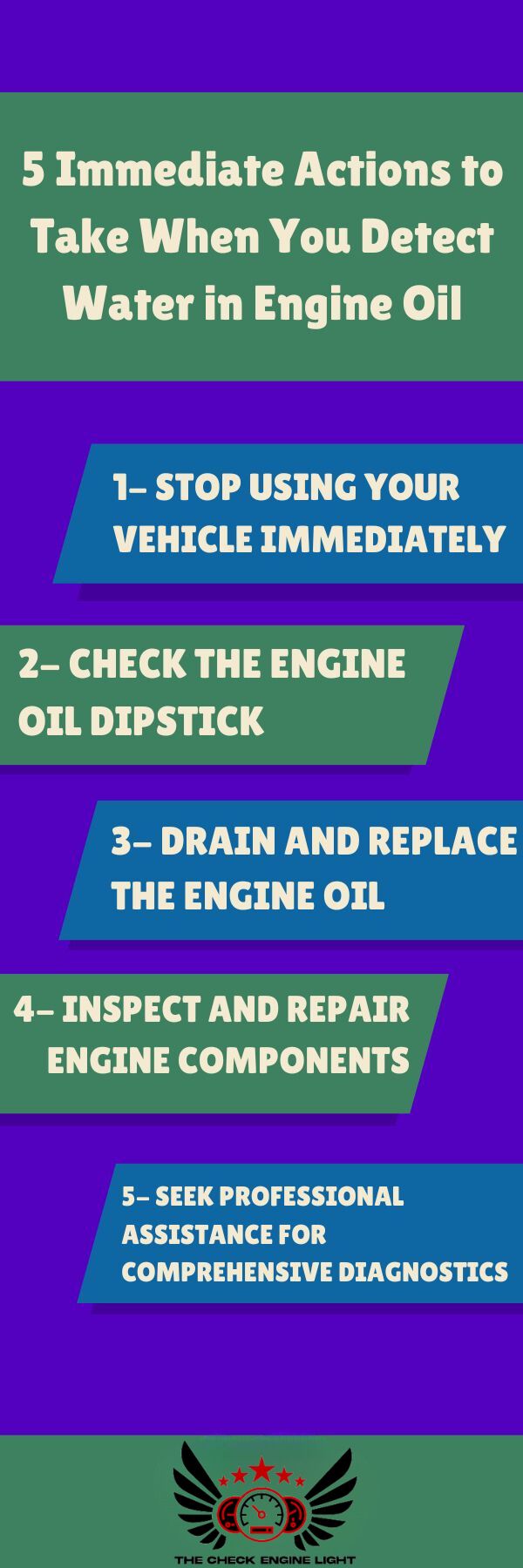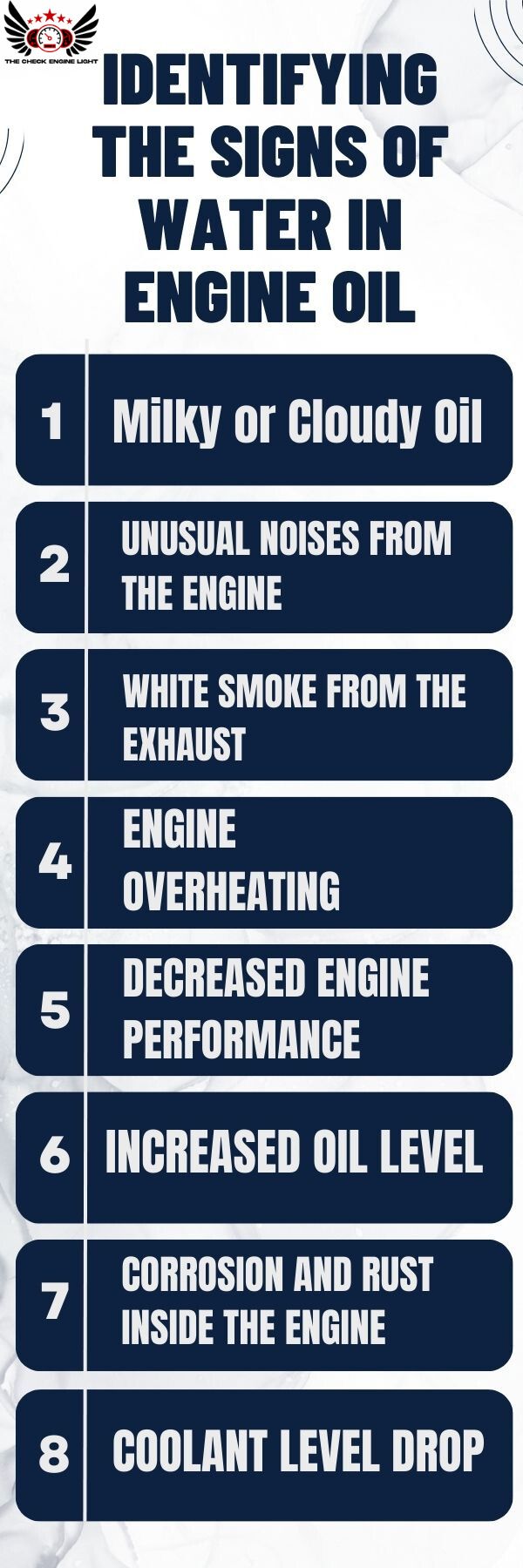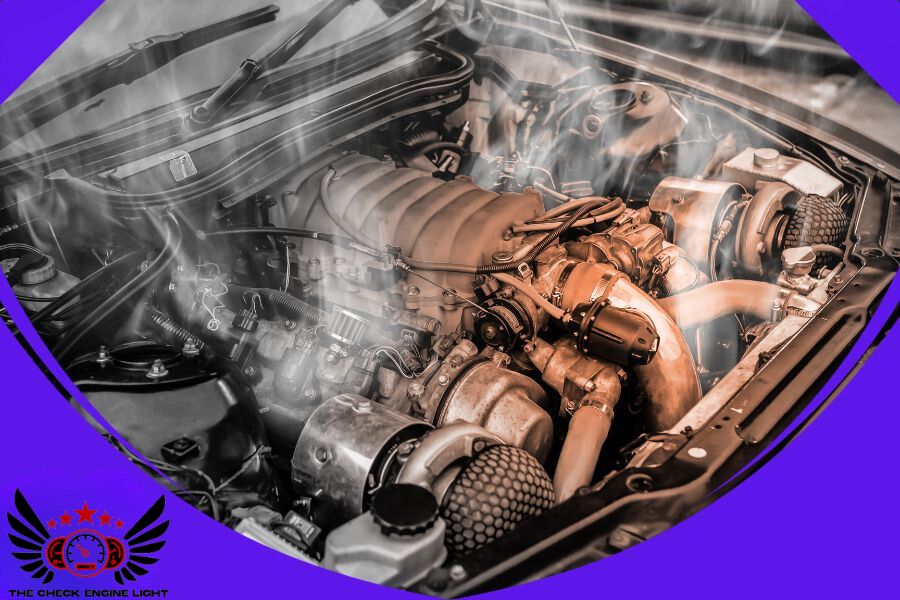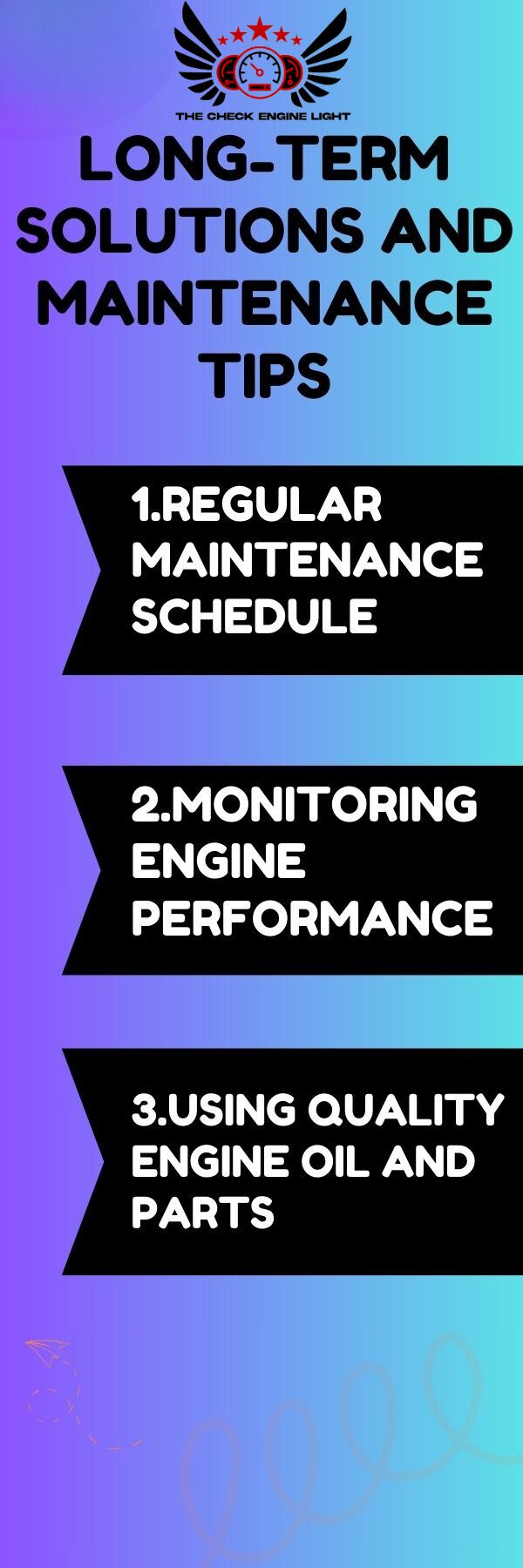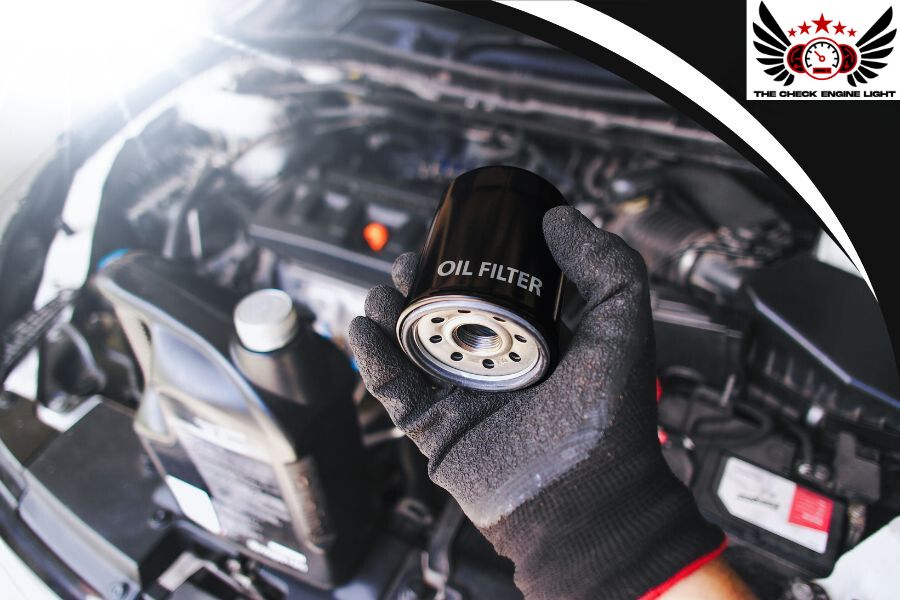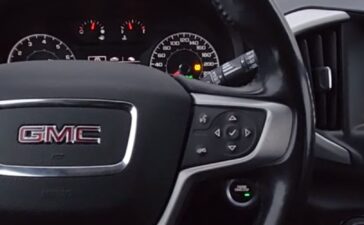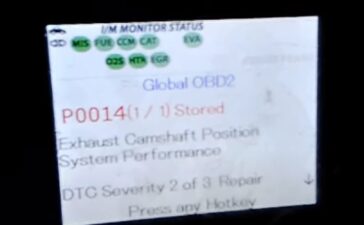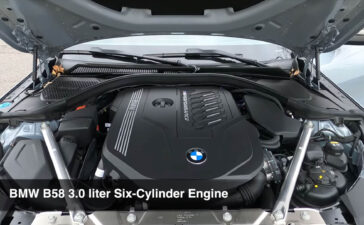Imagine you’re in a hurry to work and you decide to check your car before heading out. So you naturally check the coolant and engine oil level and consider filling it if it’s necessary. My friend, Luke has the same experience.
He was trying to pour the engine oil into the car, however, the bottle in his hand wasn’t engine oil; it was a bottle of water. He was in a rush and didn’t realize this difference.
Once he filled the car with water, the vehicle immediately started behaving erratically and Luke witnessed a significant drop in the car’s performance. He was also gearing strange noises from under the hood.
This incident was a good example of severe problems that need immediate attention.
Now read this article to realize whether you should do it in the same situation.
You might also enjoy: Everything You Need to Know About Mazda Check Engine Light
5 Immediate Actions to Take When You Detect Water in Engine Oil
1- Stop Using Your Vehicle Immediately
As soon as you realize there’s water in your engine oil, your first action should be to quit using your vehicle. Turn it off as soon as you can.
While the water in engine oil disrupts the lubrication of components you face problems like component wear, overheating, or even more severe issues. Stop driving your car to prevent further damage.
2- Check the Engine Oil Dipstick
Consider using a dipstick to check the engine oil. If the water has entered the system, you see a milky oil or an oil with an unusual appearance.
Once you do this check, you will confidently choose a solution for your problem.
3- Drain and Replace the ENGINE Oil
Once you diagnose the water in engine oil, you should ask a mechanic to drain the compromised oil completely and replace it with the correct engine oil. This can only be done by a professional mechanic. This is a necessary step while it directly affects the lubrication.
4- Inspect and Repair Engine Components
After replacing the compromised engine oil, it’s time to fully inspect the engine components, especially the ones that are vulnerable to a shortage of lubrication.
Consider checking bearings, seals, and cylinders for any damages and replacing them if needed. Keep in mind that caring for engine components plays a large role in engine prevention and its longevity.
You might also enjoy: Why Did My Traction Control And Check Engine Light Come On?
5- Seek Professional Assistance for Comprehensive Diagnostics
Consider asking a professional to fully examine your engine to find any potential damages. Take it seriously because it can be highly effective in your car’s health and also professionals provide you with tips and guidance to use in your next experience.
Identifying the Signs of Water in Engine Oil
You should detect the water contamination in the engine immediately. Because if you don’t, you will face more serious, costly, catastrophic failures. The signs below happen when your engine oil is contaminated by water:
1- Milky or Cloudy Oil
The first and easiest way to detect water contamination is by checking its appearance. The normal color of an engine oil is amber or clear. Once it’s mixed with water, it gets a milky or Cloudy color.
You can sometimes see water drops on the dipstick. Detecting the water contamination in engine oil is not a complex task.
2- Unusual Noises from the Engine
Since a contaminated oil is unable to lubricate the engine’s components, the friction will be increased. So you hear unusual knocking sounds, tapping sounds, or rumbling. The noises are more significant during starts or under loads.
They’re alarming you that the engine has lubrication problems and this leads to component wear and other potential damages like overheating.
You might also enjoy: Why is the check engine light flashing when accelerating?
3- White Smoke from the Exhaust
While smoke that exits the exhaust system is sometimes considered normal in cold starts. However, if persists, it’s an indicator of water contamination in engine oil.
It tells us that water gas entered the combustion chamber as a result of a breach in any of the engine’s internal components.
4- Engine Overheating
As water compromises engine oil’s ability to lubricate, the engine should work harder to produce more heat. As a result of this, you face overheating or high temperature of the engine. This is a sign of water entrance into the combustion chamber.
5- Decreased Engine Performance
If water is mixed with the engine oil, one of its indicators is a significant performance drop. It includes reduced power, rough idling, or delay in acceleration. All of these happen as a result of oil’s inability to lubricate and protect engine components.
6- Increased Oil Level
If you haven’t recently topped your oil but the oil level is higher than the full mark, you should search for its reason. Typically, it shows showing presence of another liquid like water. Consider checking it with a dipstick.
7- Corrosion and Rust Inside the Engine
By this time, water in engine oil increases the wear of engine components and corrosion. This incident happens as time passes and you can not detect it soon. However, a professional mechanic can detect it.
You can also check this:
8- Coolant Level Drop
If there isn’t any leak but the coolant level is dropped, perhaps the coolant is entering the engine oil. This is sometimes due to a more serious issue like a failing head gasket or cracked engine block.
You should address and detect these symptoms promptly to prevent costly repairs.
Consider heading to a help center to inspect your car as soon as you see these symptoms. A mechanic can detect the water entering the oil and provide solutions for you. By doing this, you can improve your engine’s performance and prevent further damage.
You might also enjoy: Jeep Check Engine Light: Causes And Solutions [2023]
Long-Term Solutions and Maintenance Tips
You should stick to regular maintenance and regular checks to maintain your vehicle at its peak and increase its longevity. You can use these three strategies below:
1. Regular Maintenance Schedule
Stick to the regular maintenance schedule and consider checking your engine’s health. Consider regularly changing oil, checking coolant levels, and checkups.
Make sure that your engine oil is not contaminated with water or coolant. Checking the coolant level is as important as checking the oil.
You should always ask your mechanic to change for any signs of wear and tear in the engine’s internal components.
2. Monitoring Engine Performance
You can’t detect issues promptly except if you constantly check your engine’s performance. Be attentive to any unusual noises, changes in performance, and disruptions in responsiveness.
You should get this engine checked immediately if you’ve seen any erratic behavior like overheating. Don’t ignore early detection to solve these minor issues easily.
You might also enjoy: Everything You Need to Know About Mazda Check Engine Light
3. Using Quality Engine Oil and Parts
Don’t hesitate to improve your engine’s performance and increase its longevity by using high-quality components and oil.
Using high-quality oil enables your engine to provide better lubrication and prevent components from the engine heat.
Also, quality parts while expensive, provide you with smoother rides. Believe me, paying for high-quality parts is much better than paying for costly repairs
You might also enjoy: Chevy 2500 Bolt Pattern: Ultimate Guide [2023]
Conclusion
In conclusion, contaminated oil with water is a challenging task to manage but in case it’s detected early, it’s capable.
Consider being attentive to your car’s sounds and behaviors to detect any unusual ones promptly. By doing so, you can prevent further damage. Also, try to adapt a long-term regular maintenance and use high-quality quality parts to ensure your engine’s health. The engine’s health is quite necessary for your safety on the road.
FAQs
Q1: How often should I change my engine oil to prevent issues like water contamination?
The engine oil should be changed between 5,000 to 7,500 miles. It’s highly dependent on your oil quality and vehicle type. Consider changing the oil regularly to prevent water contamination in the oil.
Q2: Can driving in wet conditions lead to water in the engine oil?
Definitely. Driving in wet conditions like water puddles will cause the water to enter the engine. It’s quite rare but possible. Avoid driving in extremely wet conditions or if you have to, have your vehicle checked after that.
Q3: What is the best way to check for water in my engine oil at home?
Using a dipstick is the best and easiest way. Use a dry and clean dipstick to check the oil. You will find it milky if the oil is contaminated. Also, water drops will appear on the dipstick.
Q4: Can a cracked engine block be repaired, or does it require a replacement?
This is a serious issue. It can be repaired but in most cases it requires replacement. Replacement is a safer option. It’s a costly repair and to prevent it, stick to regular maintenance and checkups. Also, do an early intervention when water enters the oil.
Q5: Are there any additives I can use to remove water from my engine oil?
They are available however I suggest you not use them. You can do nothing better than draining the oil completely and replacing it with a new one. Using additives can’t be a persistent useful solution.
Q6: Is it safe to drive my car to the mechanic if I suspect water in the oil?
In case you detect water in oil, you’d better not drive your car to the mechanic; try to tow it there. Driving with this engine causes further damage.
Q7: How can I tell if the white smoke from my exhaust is due to water in the engine oil?
The white smoke is usual to the extent that it’s temporary and happens in cold weather. But if it persists, it’s a tell-tale sign of water in oil. It’s also accompanied by overheating and engine performance drop. However, to make sure, have it checked by a professional.
